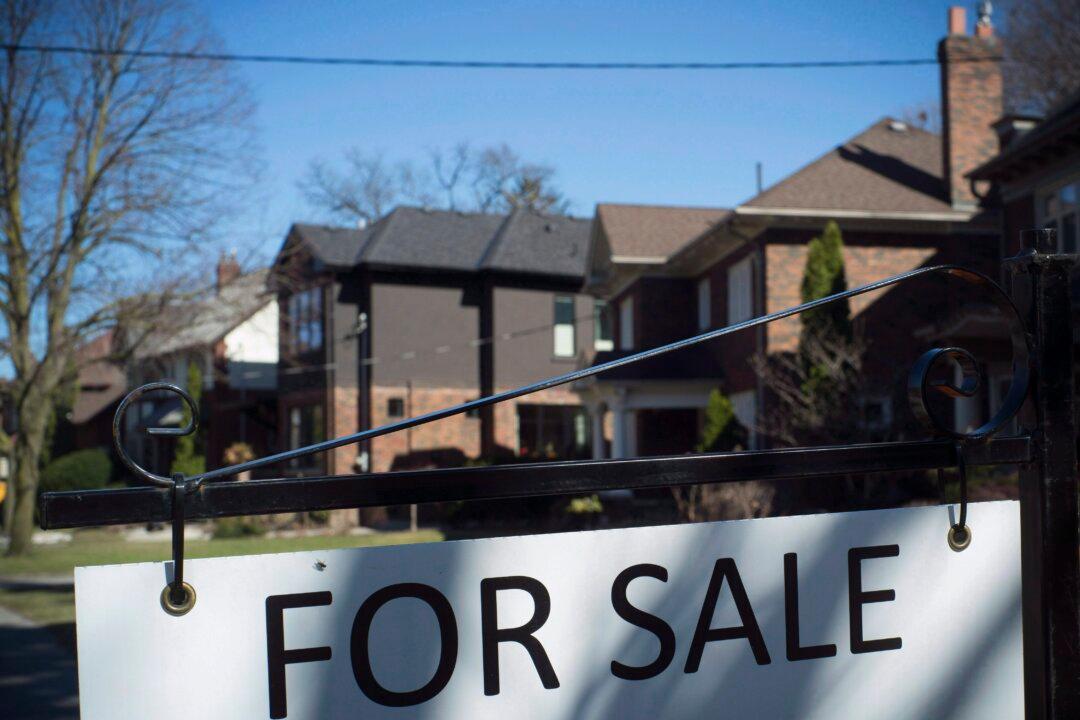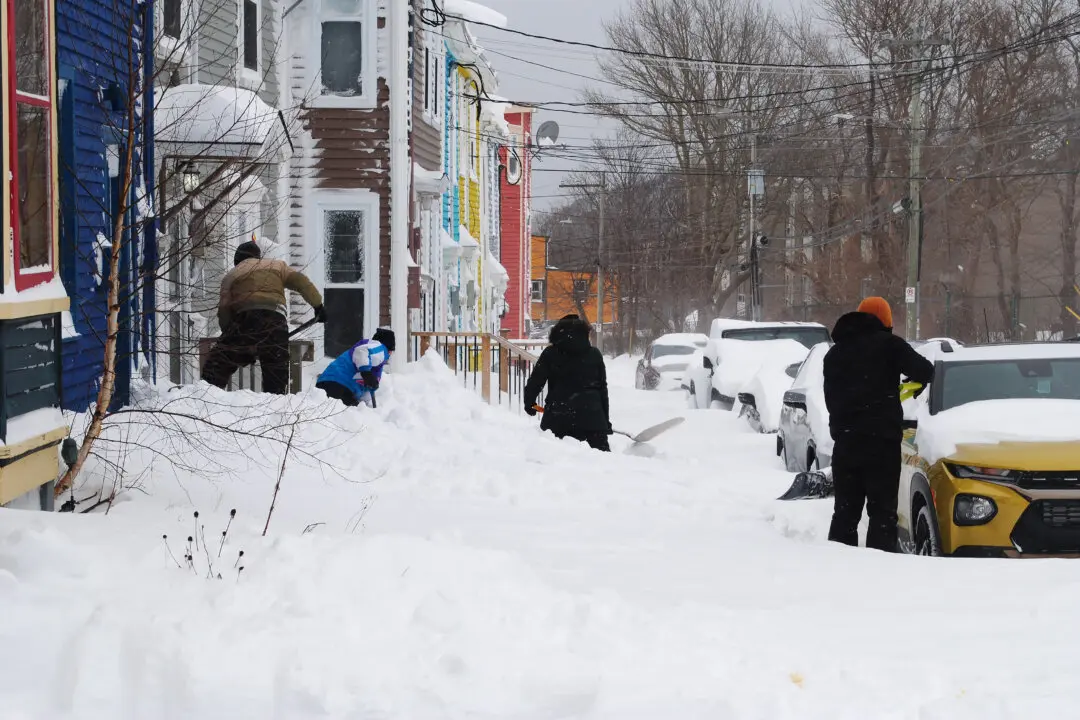OTTAWA—Canada is getting a clearer picture of the level of foreign cash in some of the hottest housing markets, adding more statistical fuel to the debate about how much influence foreign buyers have in driving prices to unimaginable heights, and what should be done about it.
The new housing statistics by Canada Mortgage and Housing Corp. (CMHC) and Statistics Canada shows that foreign buyers owned 3.4 percent of all residential properties in Toronto and 4.8 percent of residential properties in Vancouver.





